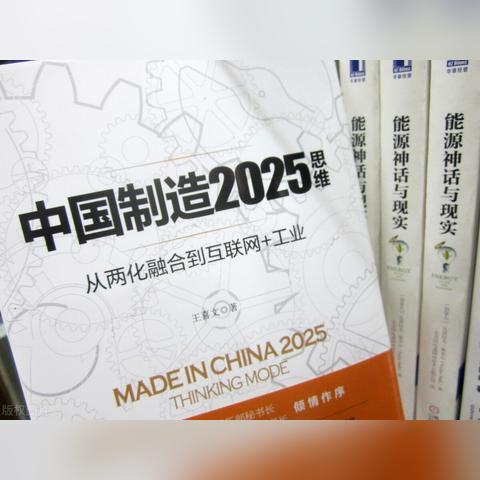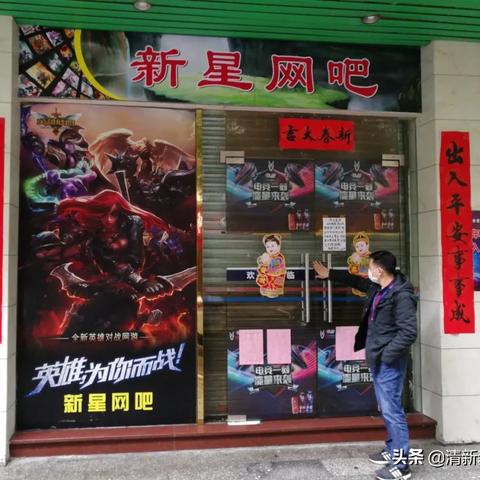Introduction
The policy landscape in the technology sector is continuously evolving, shaping the strategic decisions within the industry. In this context, understanding key policy points is essential for various stakeholders, from governments to businesses and consumers. With a significant focus on technological advancement and national security, policy makers must address the "chip shortage" and determine strategies for "domestic substitution." The following is a detailed exploration of the policy environment and its implications, specifically targeting the year 2025.
Policy Points for 2025
As we fast approach 2025, certain policy corners have been etched out to steer the navigation through the dynamic technological landscape. Governments recognize the pressing need to fortify their technological self-reliance hence enforceable policy frameworks that articulate clear objectives for semiconductor supply are a priority. These "policy points" guard against vulnerabilities posed by the "chip shortage" and set the stage for "domestic substitution" in the global chip market.
The Impact of Chip Shortage
A "chip shortage" has profound consequences for industries ranging from automotive to electronics. The quagmire leads to manufacturing delays, supply chain disruptions and monumental economic impacts. Governments, therefore, enact policies that address this crisis. These involve strategic reserves of semiconductor chips, investment in domestic fabs, and collaborations for advanced research and development. Policy makers prioritize the alleviation of the "chip shortage" to maintain industrial momentum and avoid economic stagnation.
Embracing Domestic Substitution
An integral part of this policy tapestry is the "domestic substitution" for chip supplies. This policy pillar involves nurturing indigenous chip manufacturing capabilities to reduce dependency on external suppliers. Governments may offer incentives for companies to domesticize their production or collaborate with home-grown manufacturers. This movement towards domestic production ensures continuity of supply during global crises while simultaneously boosting local industries.
The Role of Precision Information
The absence of "precision information" can exacerbate the "chip shortage" and hobble efforts towards "domestic substitution." Precise data helps in demand forecasting, efficient allocation of resources, and informed policy crafting. Governments and industries require detailed market analysis and accurate cybersecurity information for risk management. The lack of such precise data could lead to improper policy implementation and exacerbate existing supply chain issues.
Policy on Free Access to Resources
One significant aspect of the policy discussion is the accessibility of technology resources. In the backdrop of scarce semiconductor resources, authorities focus on providing "free access" to information and resources that can aid in the "domestic substitution" effort. This includes open-source software, research papers, and technical guides that can accelerate innovation and minimize downtime in the face of a critical "chip shortage."
The Drive for Innovation
Policy initiatives emphasize innovation to tackle the "chip shortage" and hasten "domestic substitution." Government bodies encourage digital innovation and devise policies that support cutting-edge technology development. This drive for innovation is manifested through tax incentives for R&D, grants for pioneering technologies, and funding for educational programs that cultivate tech-savvy workers who can drive the industry forward.
National Security Considerations
With the introduction of policy frameworks aiming to offset the "chip shortage" and promote "domestic substitution," national security is a concrete point of consideration. Policy makers must ensure that as they embrace foreign technology or engage in global trade, national security protocols are impregnable. This includes safeguarding intellectual property, regulating dual-use technology exports, and securing supply chains against malevolent actors.
International Collaboration on Technology Policy
The complexity of the global semiconductor market makes international collaboration an essential segment of technology policy. Nations collaborate on a range of areas from harmonizing legislation to foster "domestic substitution" efforts to pooling research resources to overcome the "chip shortage." Policy makers across borders build alliances for quicker and more comprehensive technological advancement, cementing a policy of collaborative innovation.
Conclusion
As the world gears toward 2025, policymakers globally are gathering insights and aligning their strategies with the technological transformation underway. The “chip shortage” poses a significant challenge while the push for “domestic substitution” underscores the quest for security and self-reliance within the semiconductor industry. Policymaking in this sphere is paramount as it molds the future landscape of our technological progress, and the detailed policy points offer a comprehensive view on impending changes and responses.
















 琼ICP备2023003230号-1
琼ICP备2023003230号-1
还没有评论,来说两句吧...